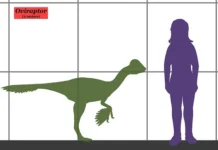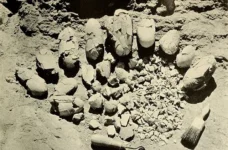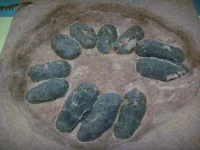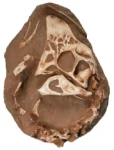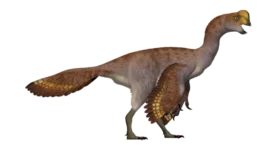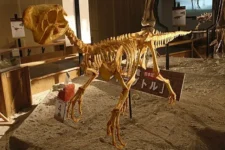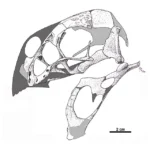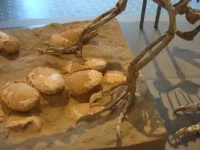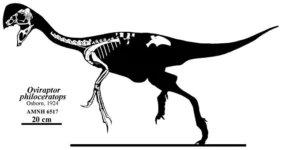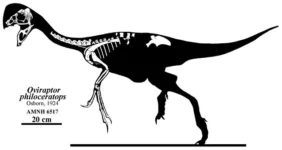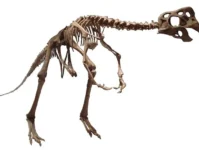Oviraptor
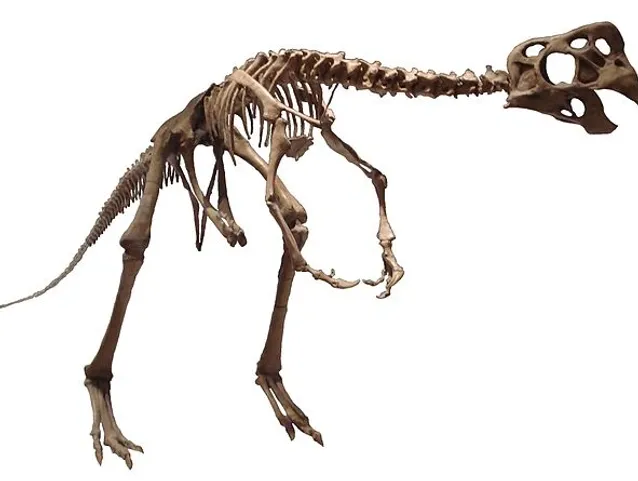
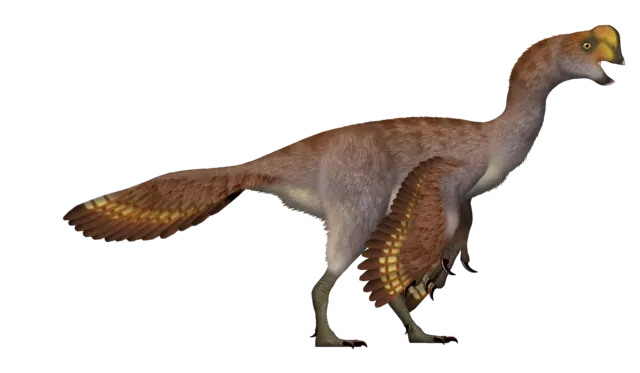
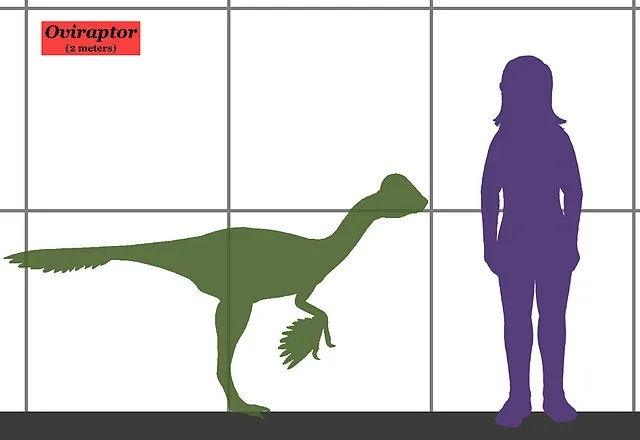
OVIRAPTOR
Oviraptor is a genus of theropod dinosaur that lived during the Late Cretaceous period, around 75 million years ago. The name “Oviraptor” means “egg thief” or “egg seizer,” which was originally given because the first fossil specimen was found near a clutch of what were thought to be Protoceratops eggs, leading scientists to believe it was stealing or preying upon them. However, subsequent discoveries showed that the eggs actually belonged to Oviraptor itself, indicating it was likely brooding its own nest.
SIZE AND ANATOMY:
- Size: Oviraptor grew up to about 6 feet (1.8 meters) in length.
- Weight: It weighed around 55 to 75 pounds (25 to 35 kilograms).
- Skull and Beak: Oviraptor had a short, beaked skull without teeth, adapted for crushing or pecking. Its beak was likely strong and capable of handling a variety of food sources.
- Limbs: It had long, slender limbs with three-fingered hands, each finger ending in a curved claw. Its legs were also long, suggesting it was a fast and agile runner.
DIET AND FEEDING BEHAVIOR:
- Diet: Oviraptor was likely omnivorous, feeding on a diverse diet that could include eggs, small animals, insects, fruits, and plants. The beak structure suggests it could crack open hard-shelled objects like eggs or nuts.
- Nesting Behavior: Fossil evidence shows that Oviraptor may have exhibited brooding behavior similar to modern birds, where adults were found fossilized sitting on nests of eggs, suggesting they cared for their offspring.
- Habitat: Oviraptor lived in what is now Asia, particularly in the Gobi Desert region of Mongolia, which had a varied environment of deserts and semi-arid areas during the late Cretaceous.
FOSSILS AND DISCOVERY:
- First Discovery: The first Oviraptor fossil was discovered by Roy Chapman Andrews in 1923 during an American Museum of Natural History expedition to Mongolia. It was found near a nest of eggs, leading to its name, which means “egg thief.”
- Significant Finds: More discoveries in Mongolia and China have included nearly complete skeletons and nests of eggs, providing a detailed understanding of its anatomy and behavior.
CLASSIFICATION
- Order: Saurischia
- Suborder: Theropoda
- Family: Oviraptoridae
- Genus: Oviraptor
- Species: The most well-known species is Oviraptor philoceratops.
FUN FACTS:
- Misunderstood Name: The name Oviraptor means “egg thief,” based on the initial belief that it was stealing eggs from a Protoceratops nest. Later discoveries showed that the eggs were likely Oviraptor’s own, and it was actually brooding them, not stealing them.
- Bird-like Brooding: Fossils of Oviraptor have been found in brooding positions over nests, similar to how modern birds sit on their eggs. This suggests a close evolutionary relationship between Oviraptor and birds.
- Crested Head: Some species of Oviraptor had crests on their heads, which may have been used for display or species recognition. The crest could have played a role in mating rituals or other social behaviors.
- Diverse Diet: The structure of Oviraptor’s beak and jaws suggests it had a varied diet. It could eat small animals, eggs, and plant material, showing adaptability in its feeding habits, which would have been beneficial in its changing environment.
